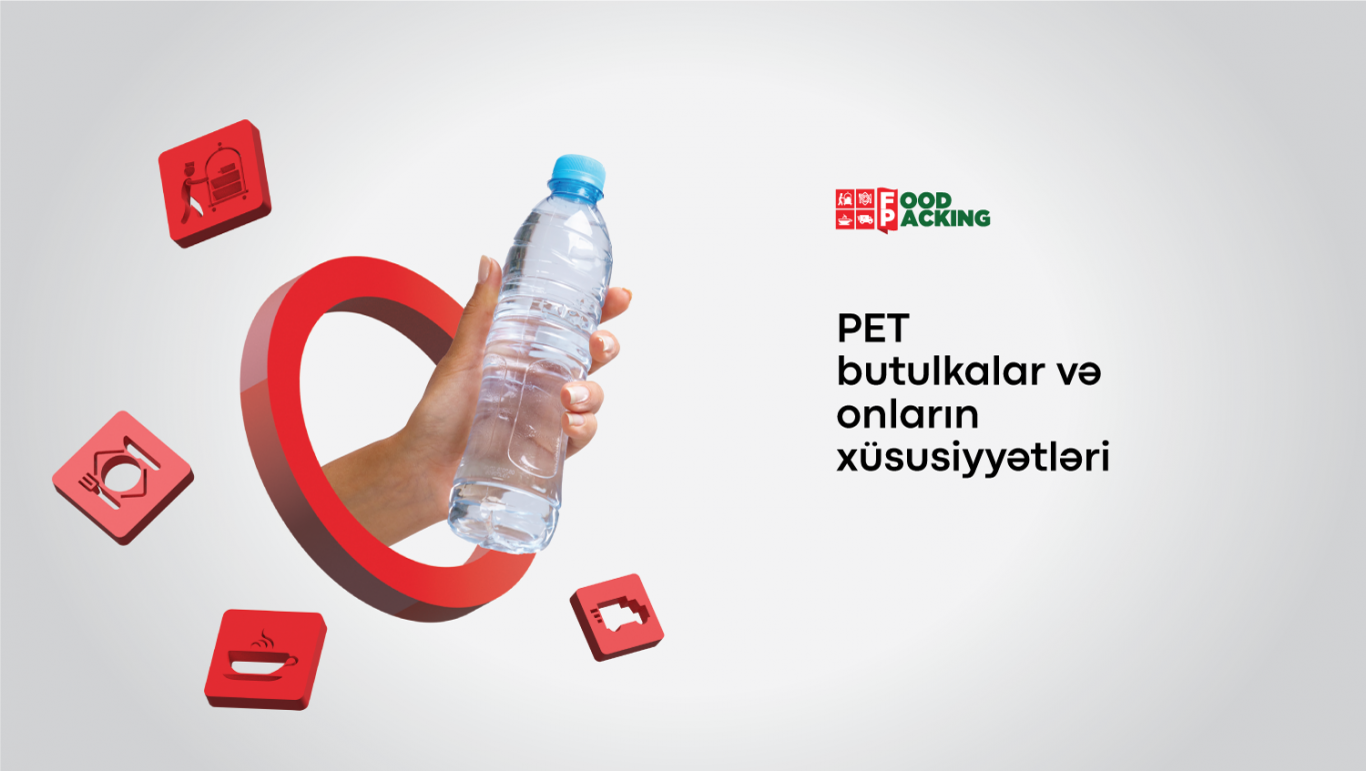
The fact that PET bottles are now among the most popular packaging materials is not by accident. They are durable, inexpensive, and the most important, they are recyclable.
Content:
1. What is PET bottle?
2. What are Pros and cons of PET bottles?
3 . Is PET safe to use?
4 . Can PET Bottles Be Reused?
5. How plastic affects the environment and health?
1. What is PET bottle?
The fact that PET bottles are now among the most popular packaging materials is not by accident. They are durable, inexpensive, and the most important, they are recyclable. Due to the many advantages they offer both manufacturers and consumers, PET plastic bottles are a preferred option for soft drink packaging. Around 70% of soft drinks like still and sparkling water, juices, carbonated drinks e.t.c are packaged in PET bottles.
PET bottles are plastic bottles that can be recycled after they are used by placing them in containers designed for this purpose.
PET bottles have some advantages. We are going to have a look at some of them.
2. What are Pros and cons of PET bottles?
• Lightweight: They are cheap to produce and demand less energy fto transport.
• Safe: They do not break easily.
• Transparency – ideal for bottling still and sparkling water, juice, milk, or other liquids.
• Convenient: Because they are lightweight and safe, they're ideal for on-the-go consumption
• Re-sealable: Suitable for multi-serving packaging.
• Recyclable: Can be recycled so that the PET can be used over and over again.
• Sustainable: Increasing numbers of PET plastic bottles are made from recycled PET.
• Distinctive: They are distinctive because they can be molded into various shapes, which allows manufacturers to use them to promote drinks and establish their trademarks.
• Flexible: Manufacturers can change the size or form of bottles, which results in a high degree of efficiency.
• Reduces waste: The ability of PET bottles to extend the shelf life of liquids reduces waste.
The main benefit of PET bottles is that they are made from the most recyclable material. It's not recommended for regular users to reuse PET bottles multiple times; instead, recycling them to create new containers is a better choice.
If PET bottles end up in the wild, they can take hundreds of years to break down, posing a risk to the environment. While PET bottles can be recycled multiple times, only those recycled once are used for food products, but they can also package industrial items like detergents or agrochemicals.
Beyond being highly recyclable, making PET bottles requires less energy, water, and raw materials, resulting in a lower carbon footprint compared to other materials. Their lightweight nature contributes to more efficient transportation, reducing CO2 emissions, gasoline usage, and tire consumption.
3. Is PET safe to use?
PET is referred to as the "safe" plastic since it is shatterproof and doesn’t cause harm if broken or damaged. Unlike some plastics, PET does not contain Bisphenol-A (BPA), a chemical known to pose potential harm in significant amounts. This concern drives many consumers to transition from polycarbonate to PET water coolers, as polycarbonate plastics frequently contain BPA.
Overall, certified by recognized health and safety organizations, PET is a clean, safe packaging option. Ideally, a disposable container is, of course, better to be used once and then simply placed in a container for separate waste collection - this guarantees that the plastic will be recycled. However, if you want to reuse the bottle, here are a few guidelines.
Like any other container or utensil, PET bottles can accumulate bacteria. It is better to wash the container with warm soapy water. After washing, the bottle should be well dried.
4. Can PET Bottles Be Reused?
But some scientific studies have shown that using the same container over and over again could make drinking water from a plastic bottle unsafe. To prevent exposure to harmful substances from your bottle, you should first check what type of plastic its made of. Avoid placing it in direct sunlight as this can lead to overheating and an unwanted chemical reaction.
5. How plastic affects the environment and health?
PET is one of the materials that contributes to plastic pollution. Plastics such as PET can break down into particles known as microplastics, which are widespread not only in oceans but also in bays, lakes, and even in drinking water. According to estimates, there will be more plastic in the ocean than fish by the year 2050.
Plastics decompose into tiny fragments, yet they practically never disappear because most plastics made from petroleum are not biodegradable.